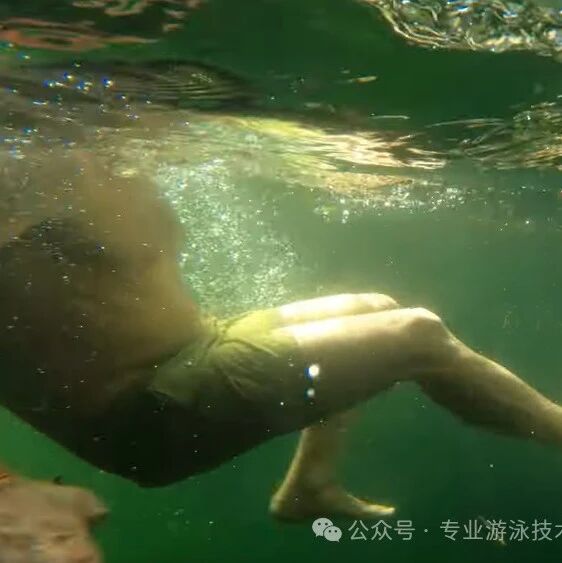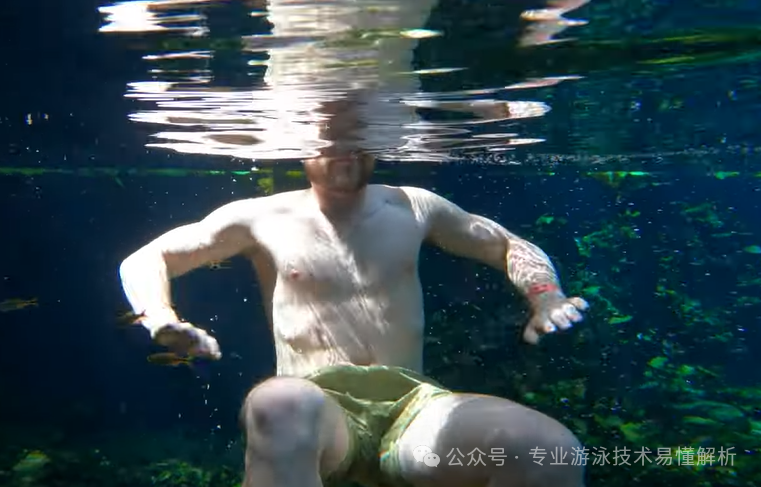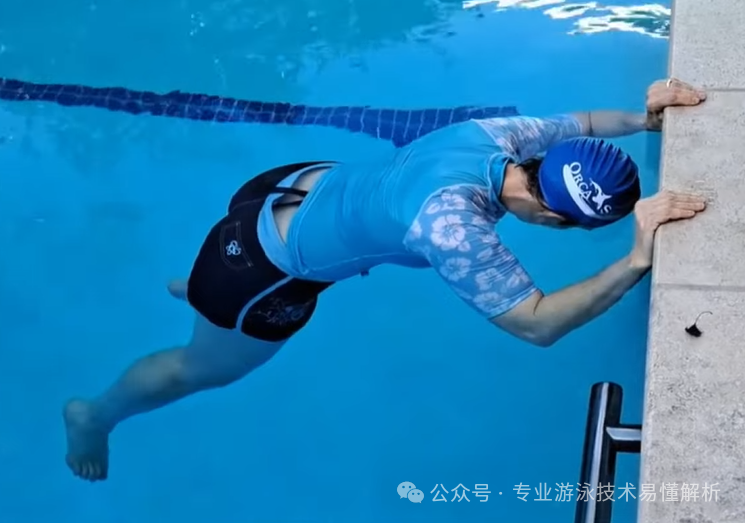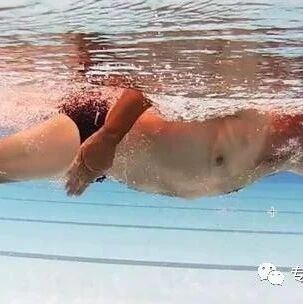The mental preparation for venturing into deep waters—swimming is a journey of both body and mind.


In the deep end, a fellow swimmer frantically splashed around, flailing her arms wildly in mid-air. I quickly swam over to help, ready to grab her arm. Just as I was about to reach her, the swimmer behind her also noticed something was wrong and instinctively braced herself against the pool bottom. Only then did she manage to grab the poolside handrail—thankfully, no accident occurred.
I can’t help recalling how, when I first started learning to swim, I clung tightly to the poolside handrail in the shallow end, too nervous to let go. At the time, I just couldn’t grasp how to relax my body naturally in the water—until one day, out of nowhere, a friend gave me a playful kick underwater. That unexpected moment was all it took for me to suddenly master floating!
Later, once I’d learned how to tread water, I still felt uneasy whenever I ventured into deeper areas. My mind would race with worries: What if I accidentally choked on water? Or what if I started hiccupping uncontrollably? To overcome these fears, I slowly began experimenting with various techniques and strategies—methods that eventually helped me break free from my anxiety around deep water altogether.
With the simple yet powerful belief that sharing knowledge brings joy, I’d like to share some of these insights and experiences with all of you fellow swimmers.
1. Being afraid of water is normal—and it’s also the best protection you can give yourself.
As the saying goes: "Swimming is the best sport—you’re unlikely to suffer any sports injuries, making it the ultimate form of fitness." But let’s not forget that swimming is actually a high-risk activity. There’s even a popular phrase: "It’s the ones who can swim who drown." Of course, this doesn’t mean being a good swimmer is bad—it simply highlights how those who are confident in the water may inadvertently lose their sense of respect for its power, falling into the same trap as the "newbie who isn’t afraid of the tiger."
No matter how skilled you are at swimming, you must always respect the water. The reason people can float effortlessly isn’t because of strong arms and legs—but thanks to the buoyancy of the water itself, a natural result of becoming comfortable in it. Moreover, swimming involves countless factors: from pool drainage systems and water disinfection methods to safety features like handrails in deep areas, the stability of diving platforms, and even the unpredictable conditions of open-water environments—such as underwater vegetation, hidden currents, or unidentified creatures. Only by thoroughly familiarizing yourself with your surroundings, staying relaxed yet vigilant at all times, can you maintain the right mindset for safe and effective swimming. Sadly, some experienced swimmers—or even frequent outdoor swimmers—who become overconfident to the point of dismissing basic safety principles often set the stage for tragic drowning incidents.

2. Overcome emotional reactions and find rational approaches to handle the situation.
Since I fell in love with swimming in 2015, I’ve thoroughly enjoyed it ever since. The numerous benefits of sticking with this activity go without saying—whether you’re mastering breaststroke or freestyle, there’s no shortage of expert advice online about proper techniques and structured training methods. Yet, surprisingly few resources truly address the challenges learners face firsthand, such as choking while swimming, uncontrollable coughing mid-stroke, or even post-swim routines like brushing teeth and rinsing your mouth afterward. Recognizing these gaps, I started writing a swimming-focused public account back in 2018. My goal? To promote swimming as a powerful tool for fitness, disease prevention, and overall wellness, while making swimming skills accessible to everyone. By breaking down the thoughtful reasoning behind professional swimming techniques, I aim to help swimmers not only understand but also refine their movements—empowering them to become their own coaches and truly enjoy the process.
For instance, when overcoming a fear of deep water, performing the float-and-kick technique may not always yield the intended results under psychological stress. Some swimmers, though proficient in kicking, tend to move their legs far too quickly—making it unwise to casually enter deeper waters.
First and foremost, becoming comfortable with the environment of deep water is essential for calming nerves. Stand calmly at the bottom of the pool, keeping your eyes focused on the pool floor and its surroundings. Gently push off the bottom with your feet, paying attention to how easily you can rise to the surface to breathe. This simple exercise helps release physical tension and ease anxiety.
Next, close your eyes while continuing to lightly kick the bottom, rising effortlessly to take a breath. At the same time, notice your body’s posture—does it naturally maintain an upright position, or do you find yourself losing balance?
Finally, deliberately slow down your kicking motion, allowing your body to fully embrace the sensation of buoyancy. Experiment with timing your kicks so they align perfectly with the natural rhythm of your body floating upward. As you fine-tune this coordination, your movements will become smoother and more effortless, making the entire process feel much more intuitive and controlled.

One WeChat official account shares swimming tips, while another focuses on software insights, online resources, and reading experiences.
Thank you for your supportive and encouraging likes, as well as the comments that spark meaningful conversations—and even more, we’d love to see those shares and retweets!
Related Articles

Kudos to "Women and the Sea" for being the trailblazers who took the first step in history!

The flawed movements that slow down freestyle swimming—specifically, the chain reaction caused by dragging the elbow upon entry into the water.
